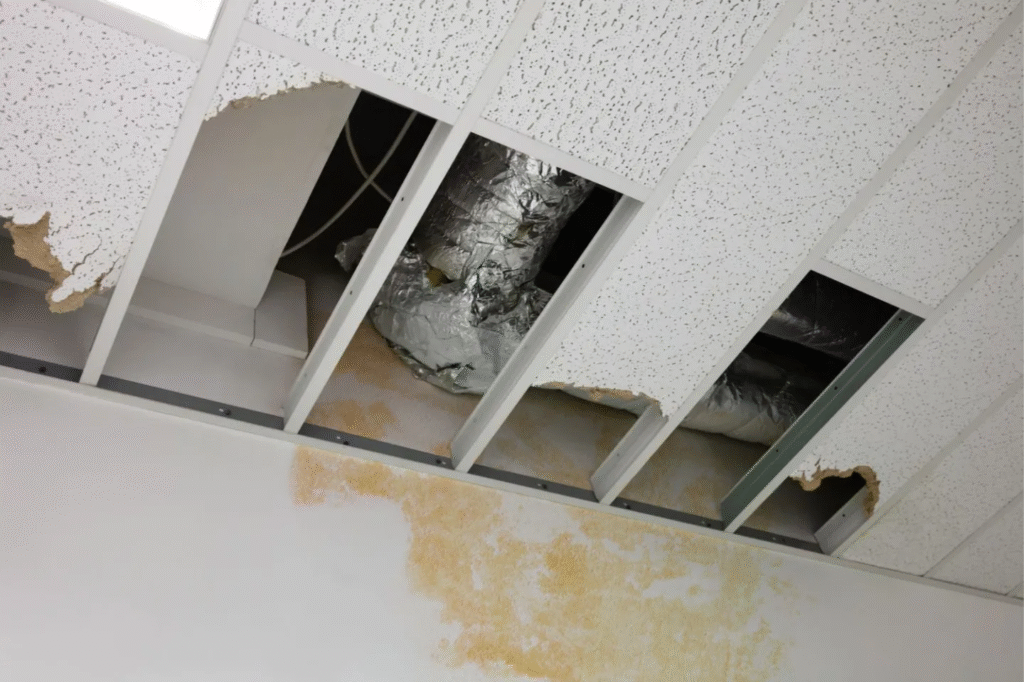
Water damage can be a costly and stressful experience for homeowners and business owners alike. Whether caused by a burst pipe, heavy rainfall, roof leaks, or flooding, the aftermath often requires immediate attention. If you’re located in Oregon and dealing with water damage, it’s important to understand what restoration services may cost and what factors can impact those costs. For fast, reliable help with water damage in Oregon, visit https://www.summitclean.com.
Average Water Damage Restoration Cost in Oregon
The cost of water damage restoration in Oregon typically ranges from $1,200 to $5,500, with the average homeowner spending approximately $3,000 on moderate restoration work. However, prices can vary significantly depending on the severity of the damage, how quickly the issue is addressed, and the size of the affected area. In extreme cases involving structural damage or extensive mold growth, restoration costs can exceed $10,000.
Key Factors That Influence Cost
1. Severity of the Damage
Small leaks or localized damage are much cheaper to fix than a fully flooded basement or home. The more extensive the damage, the more materials, labour, and equipment will be required to restore your property.
2. Category of Water
Water damage is classified into three categories, each affecting the cost:
- Category 1 (Clean Water): From broken pipes or rainwater. Easiest and cheapest to remediate.
- Category 2 (Gray Water): Includes water from appliances like dishwashers. Requires disinfecting and adds to labour costs.
- Category 3 (Black Water): Contaminated water from sewage or flooding. Hazardous and costly due to extensive cleaning, disinfection, and material disposal.
3. Drying and Dehumidification
Proper drying is essential to prevent mold and structural issues. This process typically involves industrial fans, dehumidifiers, and moisture meters. The cost can range from $300 to over $1,000 depending on square footage and the duration of drying.
4. Mold Remediation
Oregon’s moist climate creates ideal conditions for mold growth, especially if water isn’t removed quickly. Mold remediation costs vary from $500 to $6,000+, depending on how far the mold has spread and whether it’s in hard-to-reach areas like behind walls or beneath flooring.
5. Reconstruction and Repairs
Replacing soaked drywall, flooring, cabinets, or structural supports can dramatically increase costs. Basic repairs may cost a few hundred dollars, while major reconstruction can drive the total bill into the tens of thousands.
Oregon’s Climate and Regional Impact
Oregon’s coastal and forested environment, combined with consistent rainfall and humidity, makes water damage a common issue. Homes in areas like Portland, Eugene, Bend, and Medford are often at greater risk during the wet season. Properties located near rivers or in flood-prone valleys are particularly vulnerable.
In rural regions of Oregon, costs may rise due to limited availability of local restoration companies, potential travel fees, and longer project timelines.
Insurance Coverage for Water Damage
Homeowners insurance may cover water damage if it results from sudden or accidental causes, such as a pipe burst or appliance failure. However, gradual damage, poor maintenance, and natural flooding are typically not covered unless you have a dedicated flood insurance policy. Always review your insurance coverage and file claims promptly with documentation and photos to support your case.
Choosing a Restoration Company in Oregon
To ensure high-quality restoration, choose a company that:
- Is licensed, bonded, and insured in Oregon.
- Employs IICRC-certified technicians.
- Offers 24/7 emergency response.
- Provides transparent pricing and a clear action plan.
- Has positive customer reviews and local experience.
Companies like summitclean.com offer trusted water damage restoration services across Oregon, helping homeowners recover quickly and professionally.
Water damage restoration in Oregon comes with a range of potential costs depending on the source, category of water, and extent of the damage. Acting quickly can significantly reduce both expenses and long-term risks such as mold or structural issues. Always work with a reputable local company and verify your insurance to avoid financial surprises. With the right help, your property can be restored to its original condition and sometimes even better.